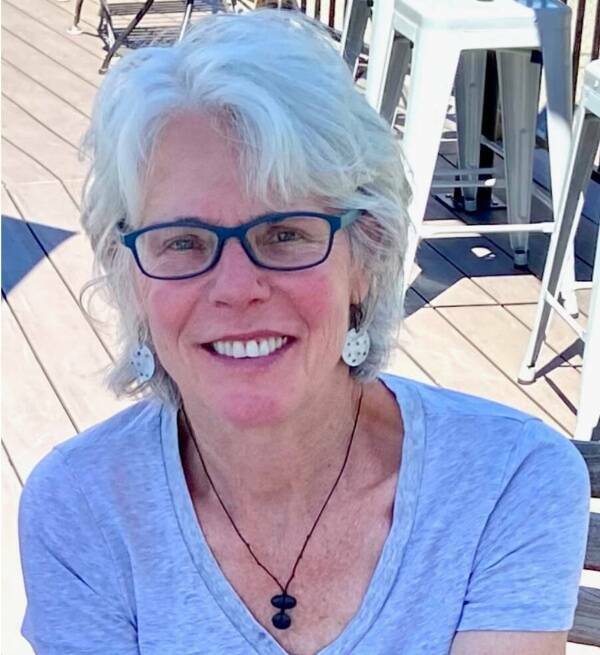Black plastics used in many takeout food trays, packaging, toys, and kitchen utensils are likely to contain toxic chemicals that are used as fire retardants, according to new research.
These bromine-bearing chemicals pose known health risks including cancer, endocrine disruption and adverse effects on the nervous and reproductive systems.
A recently published peer-reviewed article in the international science journal Chemosphere, which is dedicated to studying chemicals in the environment, examined the quantities of these fire retardant toxic chemicals in over 200 common household items and found alarmingly high concentrations in some items.
The findings, by the Seattle-based non-profit Toxic-Free Future in collaboration with researchers from Amsterdam Institute for Life and Environment at Vrije Universiteit in the Netherlands, have subsequently appeared in several general news articles in the past couple of weeks, including The New York Times and The Washington Post.
Among the 203 household items tested, including toys and kitchen utensils, the highest concentrations were found in sushi trays by a factor of more than three times. They were also found to contain high amounts of decabromodiphenyl ether, a banned chemical in the U.S.
While the generic single-serving food tray was way down the list in the testing as compared to the sushi tray, they still pose a risk as chemical leaching can occur when the plastic encounters heat such as heated food, microwaving, cooking or sitting under heat lamps.
How do fire retardants get into a sushi tray or a spatula? Ironically, it’s through the recycling process. When plastics used in the electronic industry for TV housings and circuit boards are recycled where there is little oversight or regulation, the toxic chemicals they may contain unintentionally are incorporated into other items.
Fortunately, New York and Washington States are taking leadership roles in protecting their citizens by issuing bans on organohalogen flame retardants in electronic products which will take effect this year and next, respectively, but this is only the first step needed to solve the problem.
Once again, we are reminded that recycling plastic is not the answer. It is the plastic itself which poses the risk. We can count on seeing more plastic production as oil companies shift their production agendas away from fossil fuels. Their plans to compensate for lowered fossil fuel consumption have already been made public.
While it is unlikely we will see regulation around chemicals and packaging soon, we can do an inventory of our households and make informed choices of what we bring in. Silicone containers and utensils are apparently safe, based on current science.
When taking stock of your household, if you are confused as to what is plastic and what is silicone, a tip is to check for texture and flexibility. Silicone will feel softer, more rubbery, and have a slightly sticky grip compared to hard, slippery plastic; additionally, silicone often produces a duller “thunk” sound when tapped, while plastic will make a sharper “clack” sound. However, the best option is to go with materials such as stainless steel and wood.
We can share information and articles to decide what is a suitable risk. We can continue to make plastic-free packaging suggestions to our local merchants such as plant-based disposable trays made from palm leaf and sugarcane. We can ask if we can bring in our own dishware for takeout, and bulk bins in our grocery stores and stores such as Refill Vashon can help us reduce the packaging we use overall.
This can be scary stuff. However, if we continue to be vigilant with our purchasing selections, ask questions and share information, we can minimize our exposure to toxic chemicals.
Note that these organohalogen are only one group of toxic chemical additives used in plastics. According to recent research, there are more than 16,000 different chemicals identified as being present in plastics, with a significant portion of these considered hazardous to human health and the environment.
To read the original study in Chemospere in its entirety, visit tinyurl.com/ChemospherePlastic.
Islander Celia Congdon is co-leader of the Choose Plastic Free Project of Zero Waste Vashon. Green Briefs are a regular series of commentaries by eco-leaders on Vashon, presented in The Beachcomber in partnership with The Whole Vashon Project.



